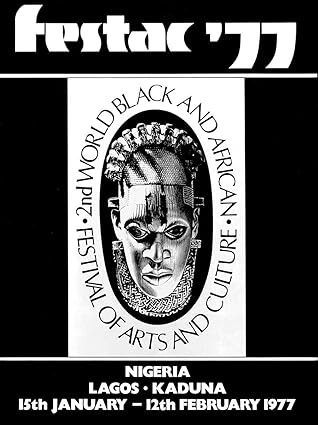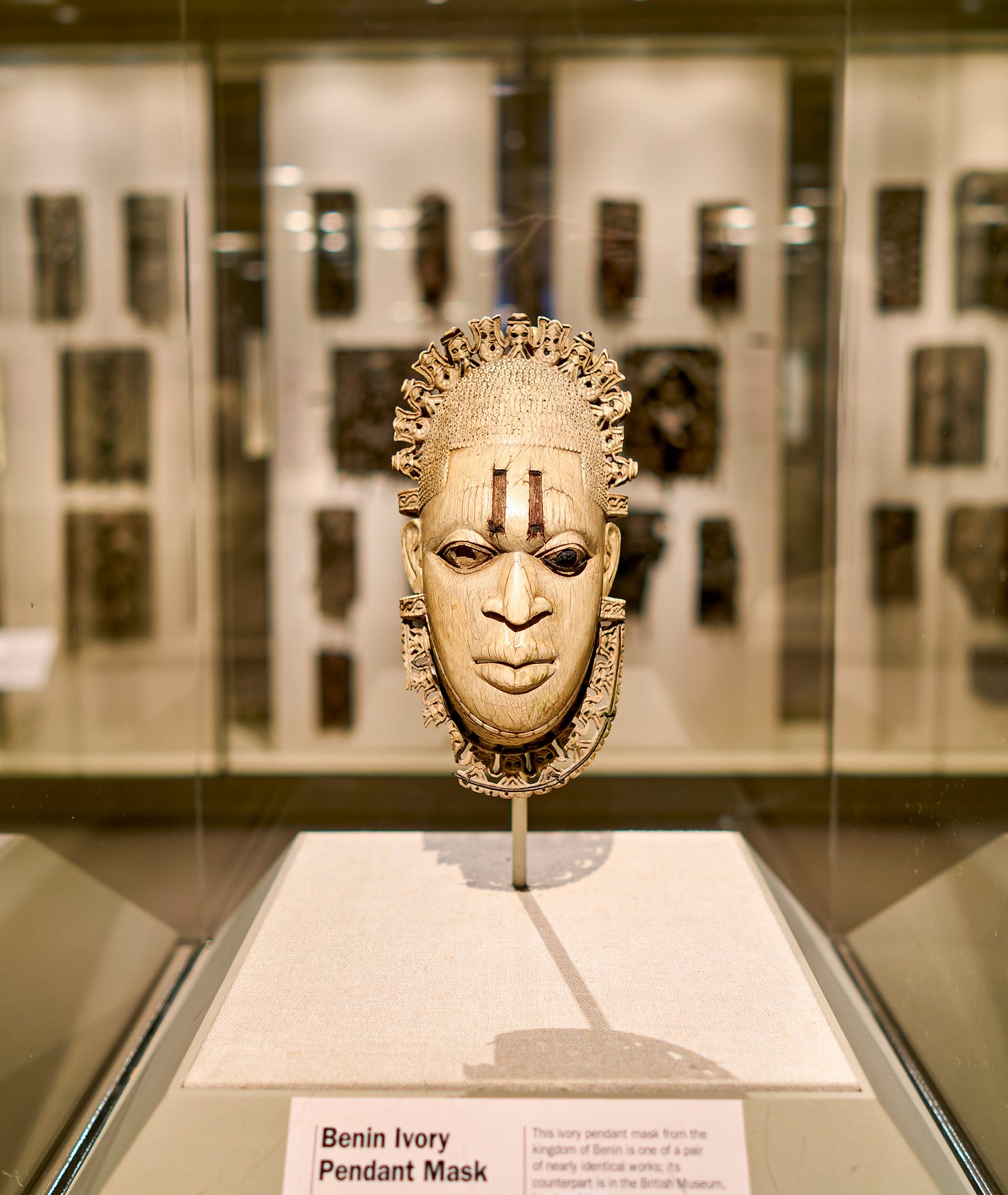International Women’s Day (March 8) is a vital celebration of women’s achievements across social, economic, cultural, and political spheres. It also serves as a global call to action to address ongoing challenges such as the gender pay gap, violence against women, and unequal access to education. The day honors the contributions of women throughout history while fostering unity, advocacy, and empowerment. It inspires individuals and organizations to work toward a more inclusive and equitable world.
That’s the definition according to ChatGPT. But for me, growing up, every day felt like International Women’s Day. I was raised learning about the world’s most influential women—Marie Curie, the pioneer of the X-Ray; Mary Seacole, the fearless nurse; Joan of Arc, the warrior saint; Sojourner Truth, the abolitionist and women’s rights activist; and countless others. The world has no shortage of brave, innovative, and creative women.
Inspired by International Women’s Day, we’re launching a new series: Heroines of Benin. And to kick it off, we must begin with the most famous of all Benin heroines—the mighty Queen Mother Idia.
FESTAC ’77: A Celebration of Black Culture
In 1977, Nigeria hosted FESTAC ’77 (the Second World Black and African Festival of Arts and Culture), a month-long celebration that brought together artists, musicians, and thinkers from across the African diaspora. It was Nigeria’s bold declaration of its place as the Giant of Africa, ready to take center stage not only on the continent but also within the global Black diaspora.
The festival featured legendary artists like Stevie Wonder, Miriam Makeba, and Gilberto Gil, and its streets were alive with music, art, and night-long celebrations. But FESTAC ’77 needed a powerful symbol to unite the diaspora. That symbol was the iconic ivory mask of Queen Idia, a regal and potent woman with a piercing stare.

There was just one problem: the original mask was thousands of miles away in the British Museum, and the British had no intention of returning it. Despite repeated formal requests from the Nigerian government, the museum refused to relinquish the artifact. Undeterred, Nigeria commissioned skilled bronze artists from Igun Street in Benin City to create replicas. These replicas became a ubiquitous presence during the festival, transforming into an even more powerful symbol of unity, resistance, and cultural pride.
The Woman Behind the Mask
Queen Idia was no ordinary woman. She was one of the wives of Ọba Ọzọlua, known as “The Conqueror,” a warrior king who waged over 200 battles.
Idia was his equal in strength and strategy. When Ọba Ọzọlua joined his ancestors (as we poetically say), he left behind two rival sons: Esigie, born to Queen Idia, and Arhuanran, born to Queen Ohọnmi.
A civil war erupted between the two princes, each backed by their formidable mothers. This wasn’t just a war between brothers—it was a war between queen mothers. Both Ohọnmi and Idia took full control of their sons’ armies, training soldiers, strategizing attacks, and dispatching spies. In the end, Queen Idia emerged victorious, and her son, Oba Esigie, was crowned king.
Grateful for his mother’s unwavering support, Ọba Esigie built her a palace in Uselu and created the title Iyoba (Queen Mother) as an official royal position. This elevated the role of queen mothers in Benin, ensuring they were revered as second monarchs.
Queen Idia’s Strategic Genius
Queen Idia’s brilliance as a military leader, diplomat, and political strategist was unparalleled. Her strategies were a blend of innovation, intelligence, and cultural insight:
Military Leadership: Idia introduced innovative warfare tactics, ensuring her forces were always one step ahead of their enemies. Her use of spies and intelligence gathering allowed her to outmanoeuvre opposing forces, while her psychological warfare tactics—like the use of intimidating war chants and rituals—struck fear into the hearts of her adversaries.
Political Savvy: Idia wasn’t just a warrior—she was a master politician. She secured alliances with powerful chiefs and nobles, ensuring her son had the support he needed to claim the throne.
The Idah War (1515): This was Idia’s crowning military achievement. She prepared the Benin army meticulously, leveraging her knowledge of the terrain to outmanoeuvre the Idah forces. Her presence on the battlefield inspired unity and loyalty among her soldiers, leading to a decisive victory that expanded the Benin Empire.
Cultural and Spiritual Influence: Idia used rituals, religion, and art to strengthen her position. She was believed to possess mystical powers, which added to her aura of invincibility. The creation of the Iyoba title not only solidified her power but also set a precedent for future queen mothers to influence Benin’s leadership.
A Legacy Cast in Bronze & Ivory
After her passing, Ọba Esigie immortalized his mother’s legacy by commissioning bronze and ivory plaques in her honour. They were not just tributes—they were tools of propaganda, celebrating her victories and reinforcing her legacy as a divine and powerful figure. These artifacts have become some of the most iconic symbols of African art and history.
Five centuries later, Queen Mother Idia remains one of the most recognizable faces of the Benin Bronzes. Her legacy as a trailblazer—a woman who secured her son’s throne, expanded an empire, and redefined the role of women in leadership—lives on. She is a formidable symbol of pride, resilience, and unity, a true international superstar.
This International Women’s Day, we celebrate Queen Idia and the countless women like her who have shaped history, broken barriers, and paved the way for a more equitable world.
Happy International Women’s Day!








Inspiring story